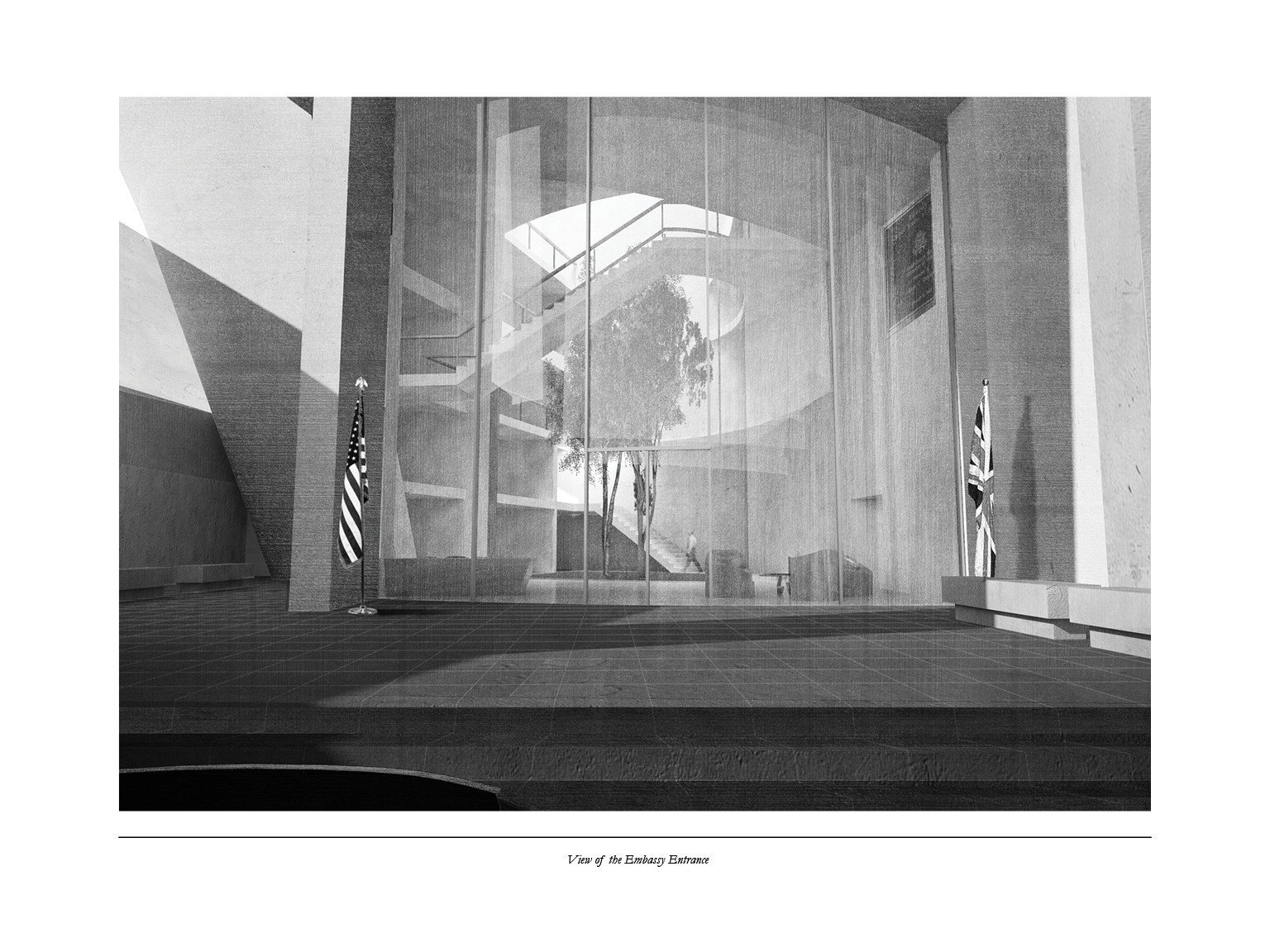
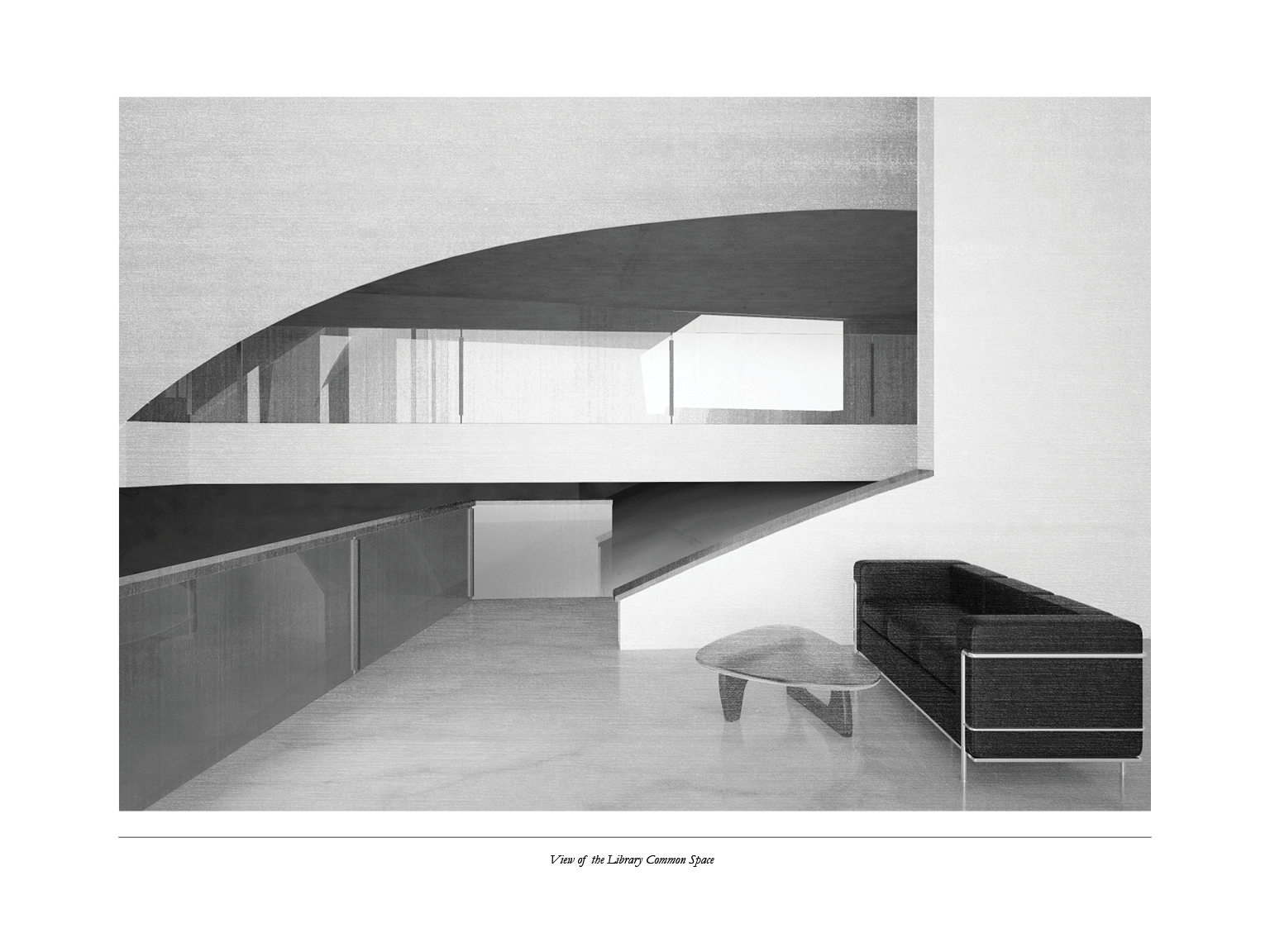
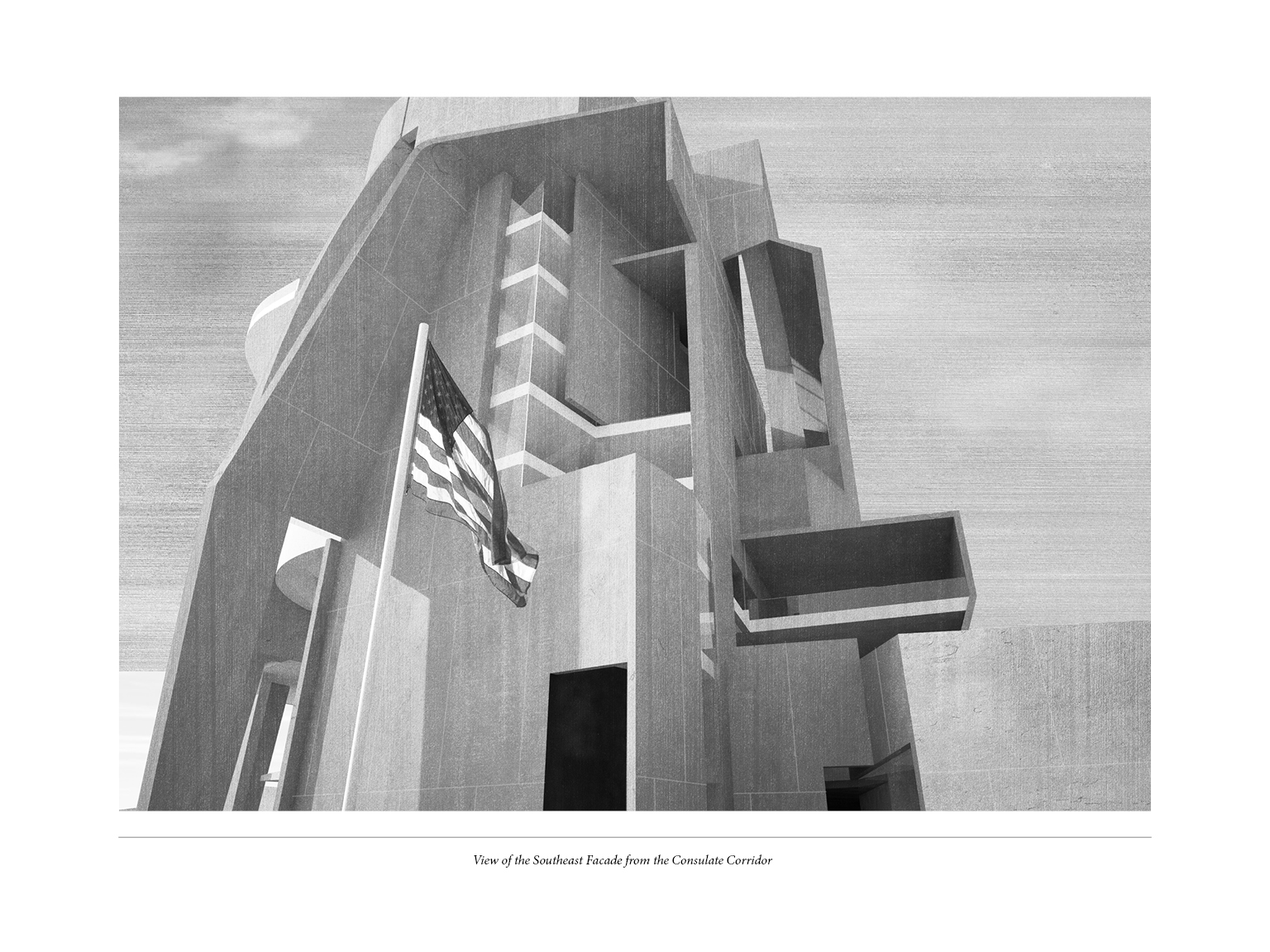
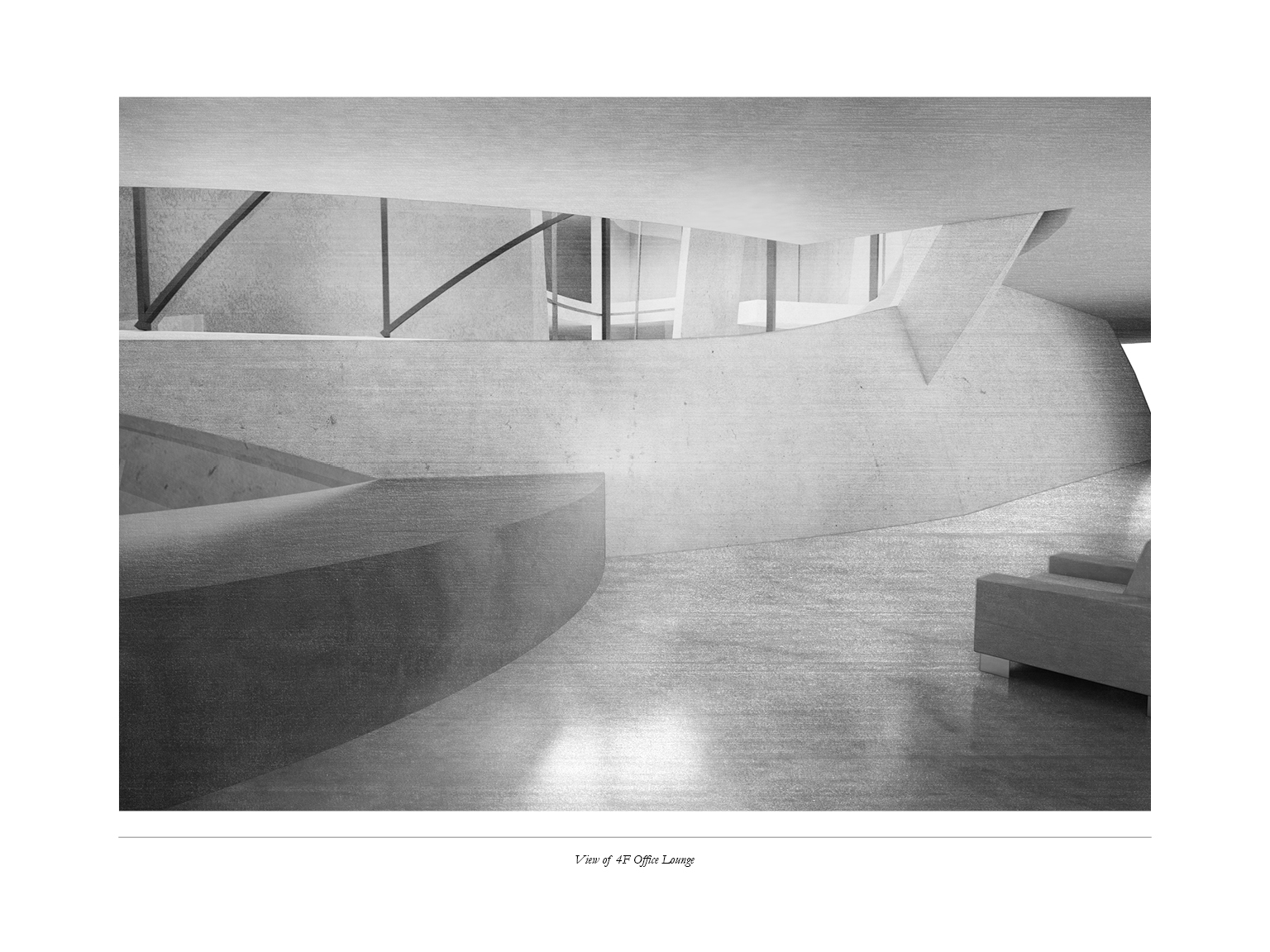
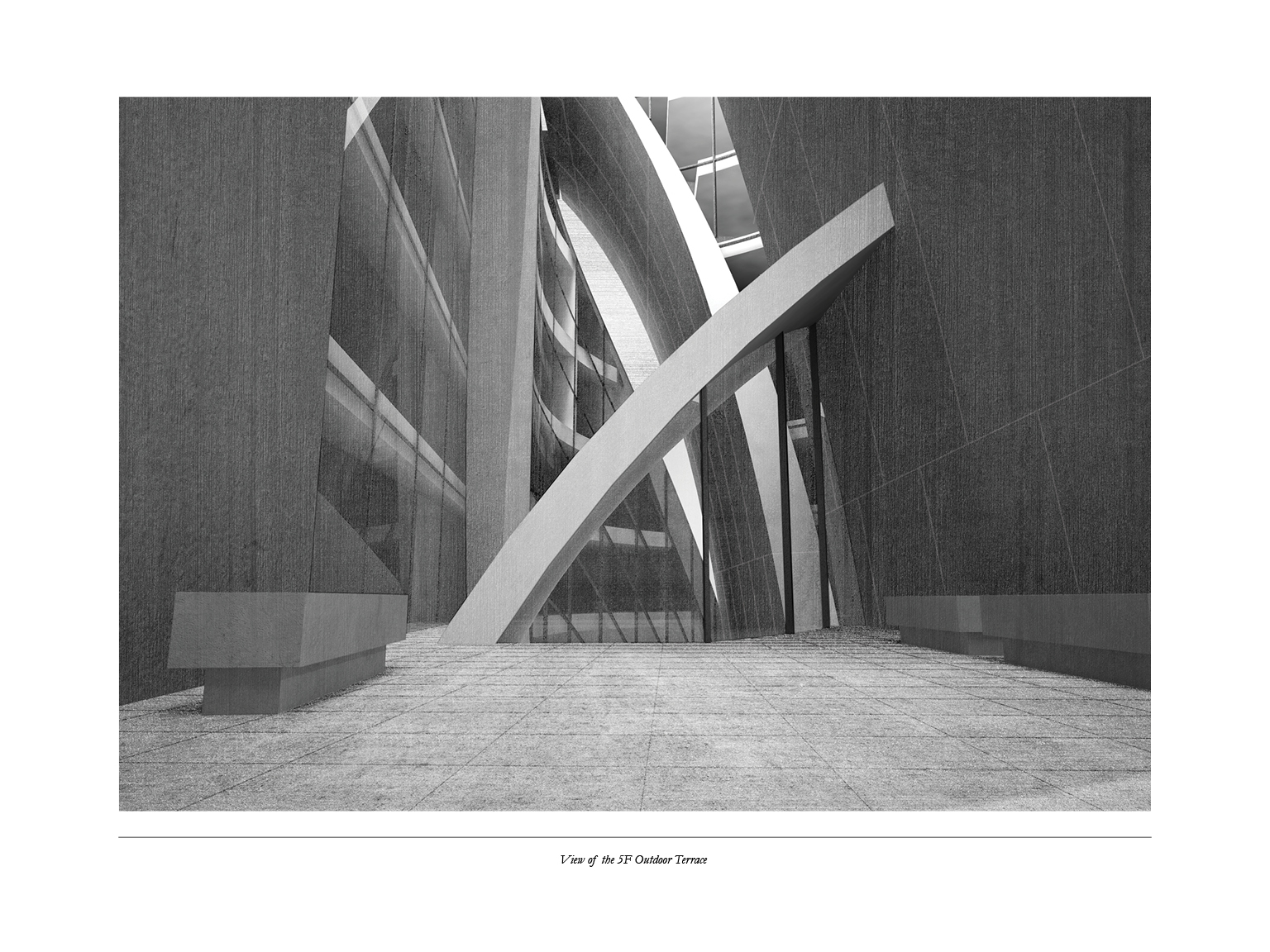
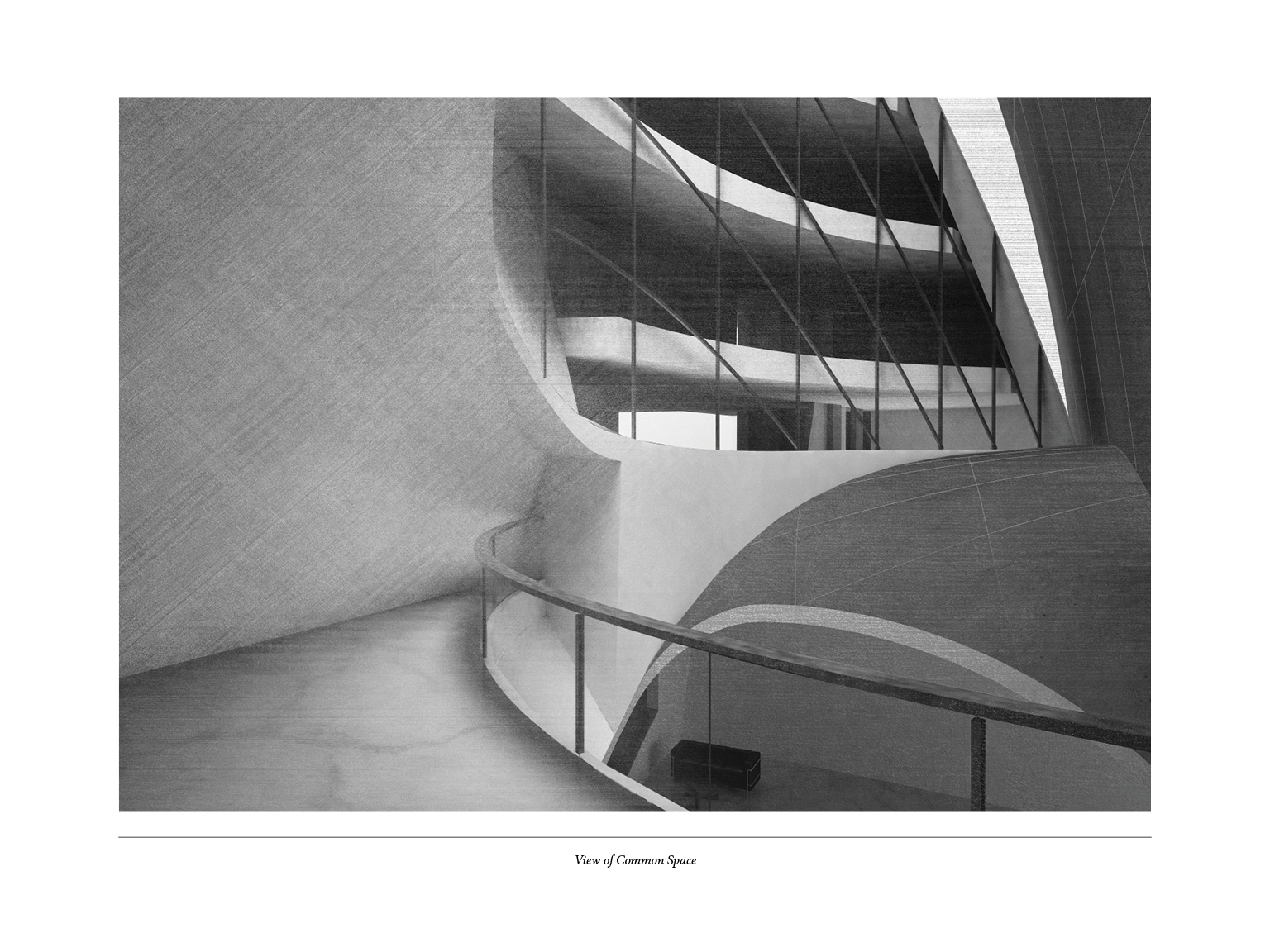
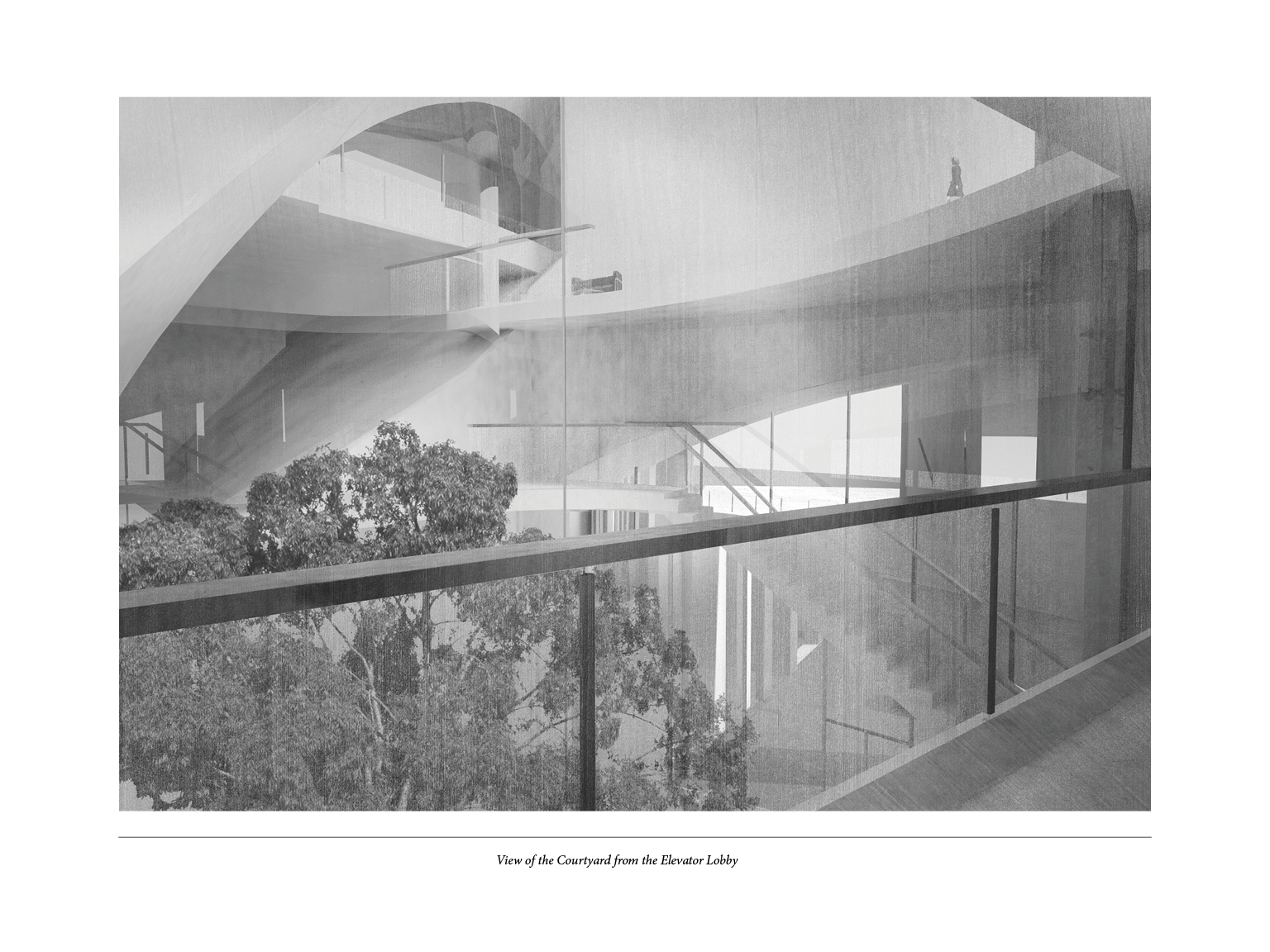
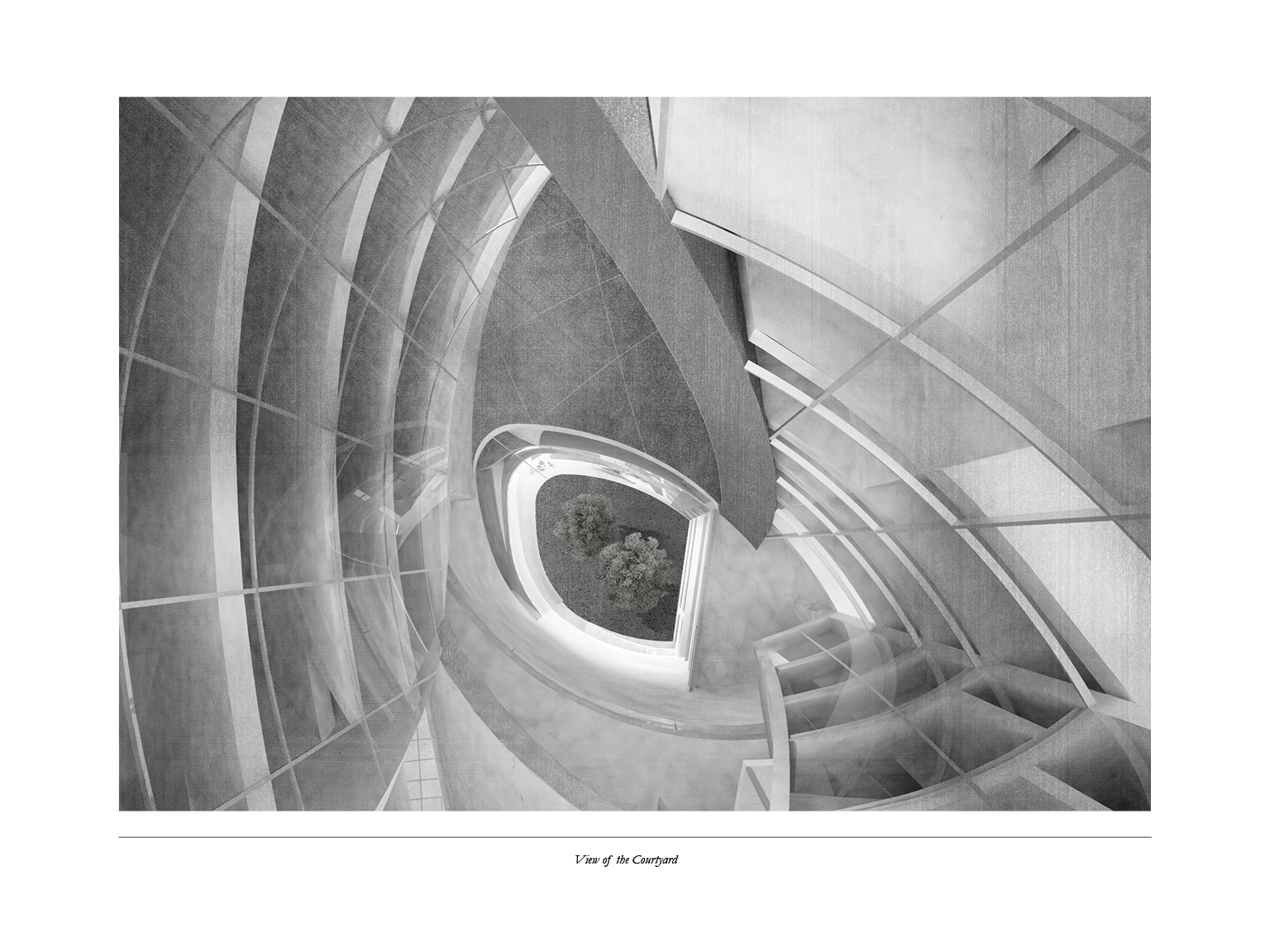





US Embassy in London
The embassy program follows a rigid framework of adjacencies and edge conditions due to its stringent security measures. Situated at the threshold between openness and vulnerability, the embassy strives for embodying multiple readings while asserting its representation of authority and unity. With heightened perception of threat in both physical and virtual domains, past architectural solutions are no longer sufficient in responding to the inherent duality of an embassy. The United States faces the challenge of propelling democracy with undaunted optimism amidst terrorism and fear. London’s US embassy thus confronts this issue of reconciling opposing forces by engaging the civic realm without compromising its national image and security.
Designing buildings through assembly and additive processes has become the default when faced with an architectural brief. Yet, the act of cutting or removing is needed to recalibrate increasingly intricate systems, in which programmatic fissures and residues are essential for producing spatial intent and experience. The act of cutting breaks down the singular reading of an object in a world where heterogeneity intersects.
From William Burroughs’s “Cut-Up Method” to the chopping of vegetables inside a kitchen, these actions culminate into the reconstitution of elements, producing results that go beyond their original states. Drawing relationships that were once foreign reveals new layers of knowledge and understanding. Through a cut, slit, or perforation, we could expose yet conceal, separate yet connect, and entangle yet disentangle a building’s components, for cutting loosens certain relationships while tightening others.